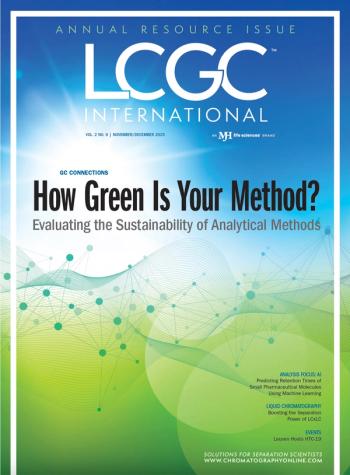
Researchers Pinpoint Seaweed's Contribution to Atmospheric Iodine
Frithjof K?pper of the Scottish Association for Marine Science and colleagues report that the accumulated form of iodine is iodide and that it serves as an antioxidant, protecting the surface of the seaweed.
Frithjof Kpper of the Scottish Association for Marine Science and colleagues report that the accumulated form of iodine is iodide and that it serves as an antioxidant, protecting the surface of the seaweed.
Using an interdisciplinary array of techniques (including synchrotron X-ray absorption spectroscopy, voltammetry, ion chromatography and enzymatic assays), the researchers found that the iodine in kelp is present as iodide ions.
Then, using GC-MS, aerosol particle counting, and spectrophotometry, the team showed that on the seaweed surface and in the apoplast iodide acts as an antioxidant, detoxifying both aqueous oxidants and ozone. The latter releases molecular iodine into the atmosphere - which gives the seaside its characteristic smell - and leads to the formation of particles that can act as cloud condensation nuclei.
Newsletter
Join the global community of analytical scientists who trust LCGC for insights on the latest techniques, trends, and expert solutions in chromatography.



